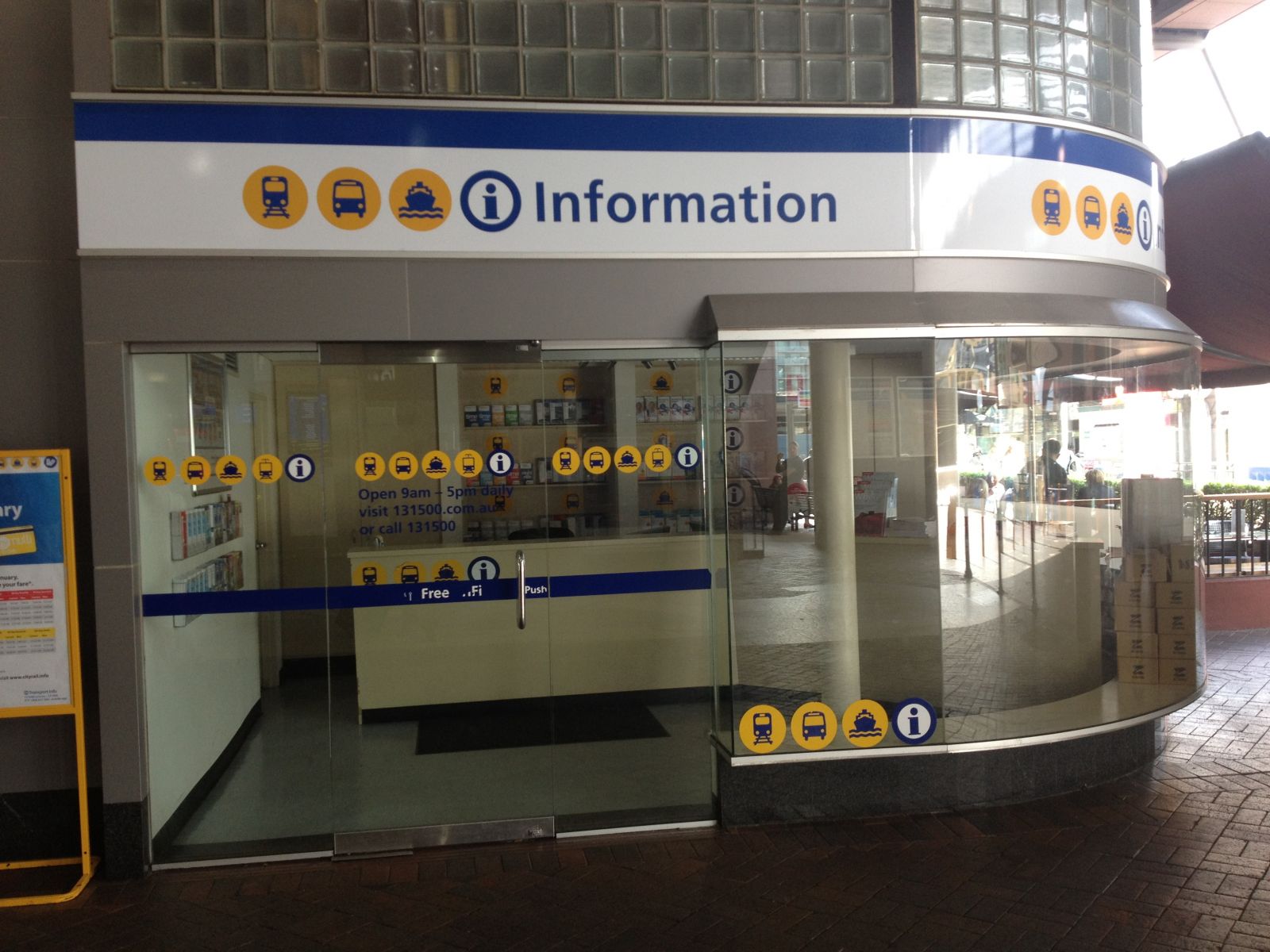Signage and wayfinding – What is the first step you should take to improve your signage and wayfinding system?

It is now recognised that the traditional use of signage alone has failed to overcome the problem of wayfinding in transport, hospitality, healthcare, commercial, educational, leisure, retail and public sector buildings.
Wayfinding refers to the techniques used by all users of the built environment as they move from place to place independently and safely. Wayfinding relies on architectural elements to assist people in finding their way and should reassure users as they go on their journey through a building.
Signage is a key component of a wayfinding system but is not the only thing that should be considered. Other elements include (but not limited too): Good pre-visitor information, building cues, changes in colour to identify major destinations, hand held maps and directory boards, you are here maps and the role of staff and volunteers.
The first step to successfully develop and effective wayfinding system is to develop a wayfinding strategy. A wayfinding strategy sets out the agreed policies and decisions about the key issues which affect how people find their way around the building or site.
If you would like further information on how to develop a wayfinding strategy or how to improve your signage and wayfinding, please do not hesitate to contact us on 01-4151285 or [email protected].





